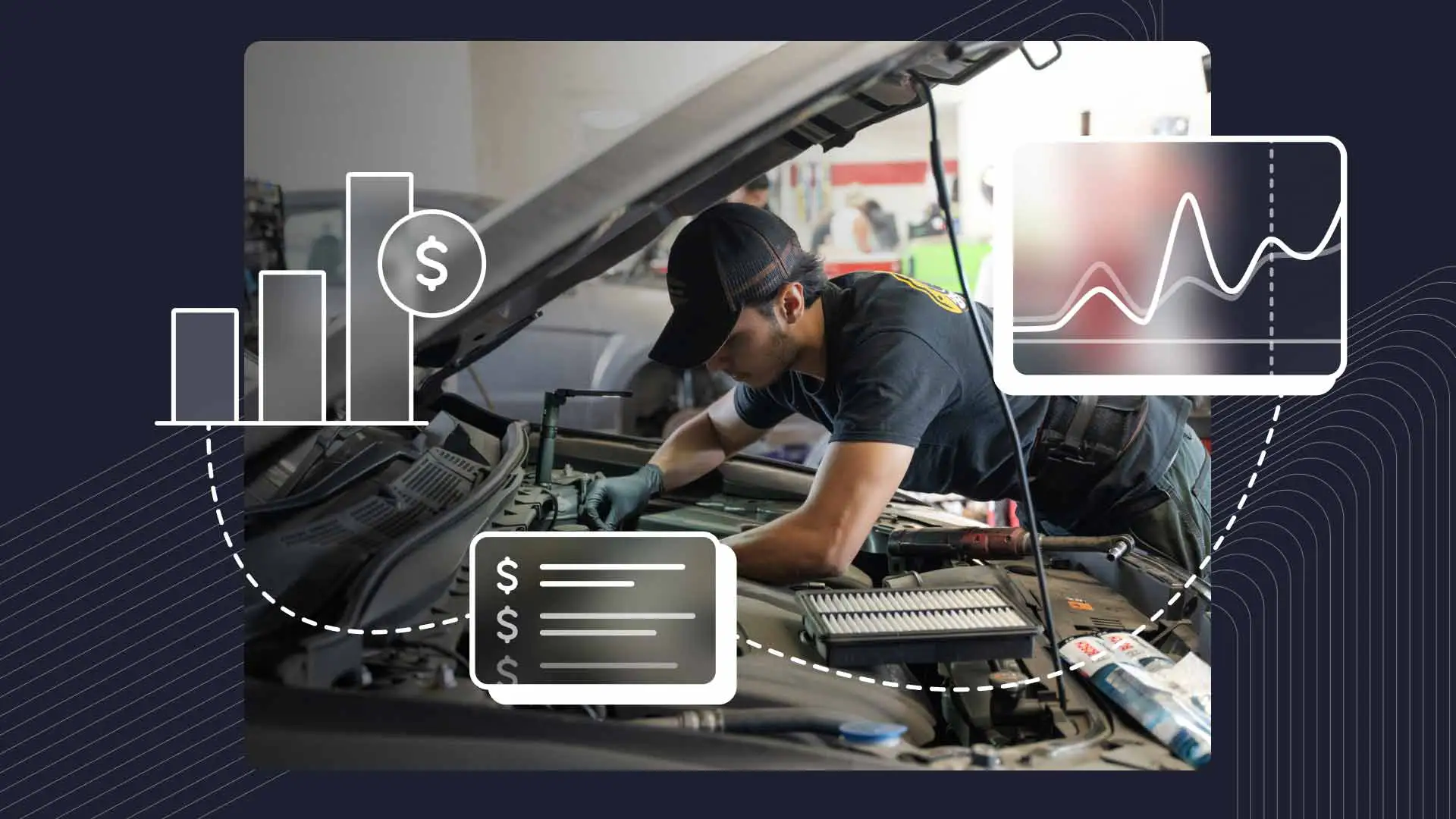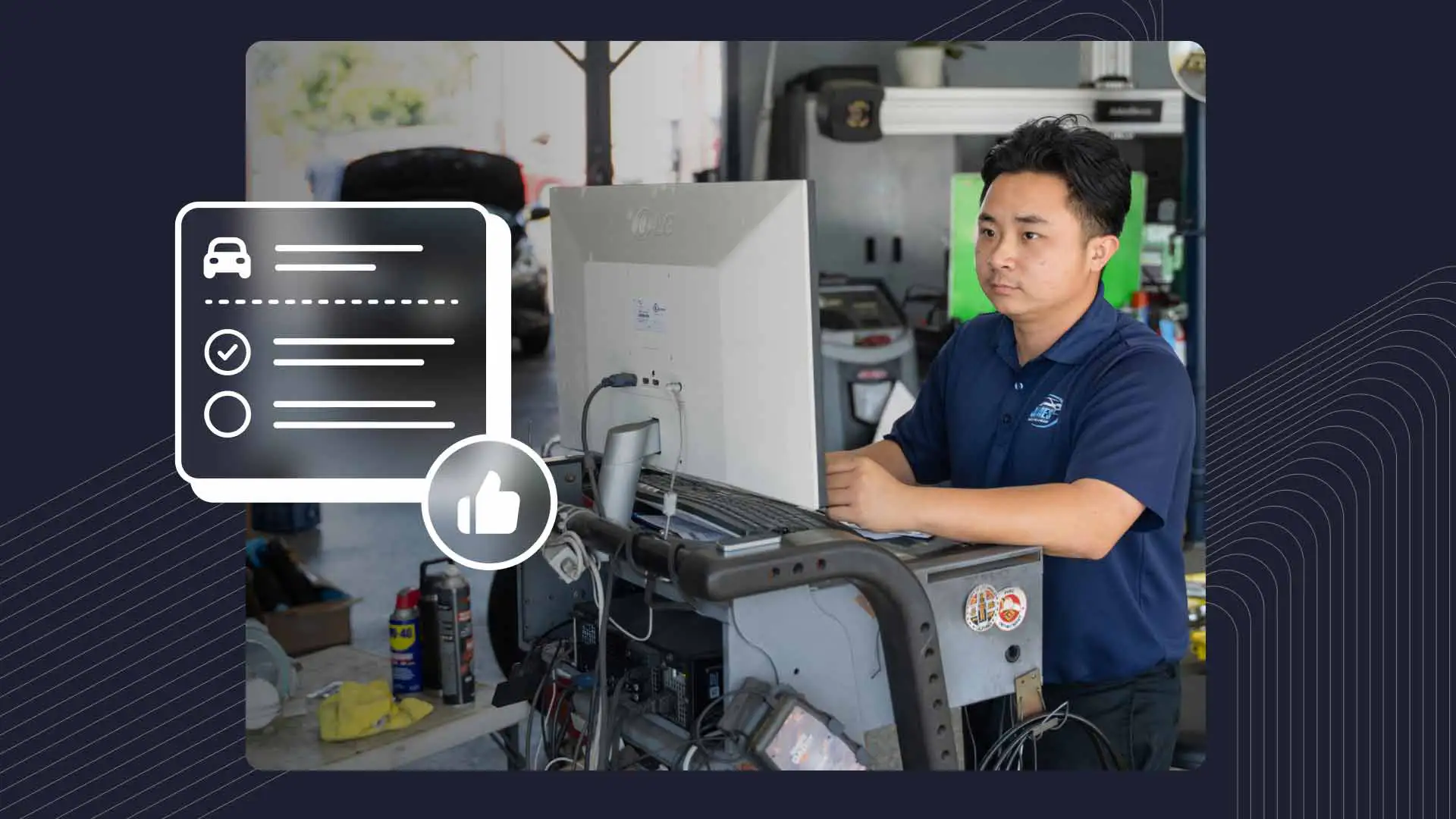A Mass Air Flow (MAF) sensor may not get the same recognition as other engine components, but that doesn’t make it any less important. After all, this small but critical part is responsible for making sure engines run smoothly, efficiently, and with enough power to get vehicles from A to B.
As a key player within electronic fuel injection systems, the MAF sensor does have a lot riding on its performance. So, what does this air flow sensor do? Simple: It measures the amount of air entering the engine. This information is then sent to the engine control unit (ECU), which uses the data to determine how much fuel is needed to create the ideal air-fuel mixture.
Without a healthy MAF sensor, the ECU wouldn’t be able to accurately control fuel injection, resulting in rough idling, decreased power, and a noticeable hit to your fuel economy. Which means keeping it in good working order is essential. And so is quickly addressing any red flags that could indicate a faulty sensor.
How can you tell if it’s under the weather? You’ll need to look out for common mass air flow sensor symptoms signaling trouble ahead. We’ll get to those in a second. And, once you’ve made the diagnosis, how do you know which fix–cleaning, repair, or replacement–is best? You’ve come to the right place for that, too.
Diagnosing Common MAF Sensor Issues
A malfunctioning MAF sensor can cause symptoms that, at first glance, may seem unrelated to the sensor itself. Keep a watchful eye out for:
Rough Idling: If the engine is stumbling or shaking when the vehicle is stopped at a light, it could be a sign that the MAF sensor is sending bad information to the ECU.
Poor Fuel Economy: Filling up more often than usual without a significant change in driving habits is a possible indication of a bad fuel-air mixture, and a malfunctioning MAF sensor.
Decreased Power Output: Does your car feel sluggish? Is it struggling to accelerate? Is the engine stalling? Any of these could be signs that the MAF sensor is out of whack.
Illuminated Check Engine Light (CEL): An illuminated Check Engine Light could point to a MAF sensor issue. This may be caused by diagnostic trouble codes related to the sensor circuit (most commonly P0100 to P0104).
To Clean, Repair, or Replace?
Diagnosing the problem is the first step, but what's the remedy? Your approach will depend on the extent of the damage. Let's break down your options:
Cleaning the MAF Sensor
In many cases, MAF sensor issues can be resolved through cleaning rather than repair or replacement, just so long as the sensor itself is not physically damaged. A good cleaning can remove dirt, oil residue, and debris that could affect its performance. Here are a few pointers:
Choose the Right Cleaner: Never use carb cleaner, brake cleaner, or other harsh chemicals, as these can damage the sensor. Instead, use a dedicated MAF sensor cleaner spray. For the best results, always follow the MAF sensor cleaner manufacturer's instructions to a T.
Remove & Spray the Sensor: Once you’ve unplugged and safely removed the sensor, spray 10-15 bursts of the cleaner around the inside of the sensor, including the hot wire or plate. You’ll want to clean the sides of the part, its housing, its connectors, and its terminals, too.
Let it Dry: Allow the sensor to air dry for several seconds before reinstalling it. And don’t touch the sensor elements directly with either your fingers or tools. Once the sensor has been reinstalled, wait a few minutes before restarting the vehicle.
Repairing the MAF Sensor
If cleaning doesn’t resolve the issue, or if the sensor is physically damaged, you may consider the repair route. However, we should note that oftentimes this isn’t a viable option, since the sensor’s internal components, including its wires, are extremely fine and can be damaged easily. That said, there are some instances where a repair may be doable–for example, if you’re dealing with damaged wiring harnesses or connectors leading to the MAF sensor.
Replacing the MAF Sensor
When cleaning or repair won’t cut it, replacement is probably your best bet. Here's how to tell if your MAF sensor needs to be replaced:
You notice cracked sensor housings or broken internal components.
You experience recurring issues despite multiple thorough cleanings.
Trying different aftermarket cleaning solutions hasn’t resolved the problem.
The process for replacement is pretty straightforward. If you haven’t already located the MAF sensor, it should be between the air filter and intake. The exact location varies by vehicle, however, so consult a repair manual or online source if you have trouble pinpointing it.
Next, disconnect the vehicle’s negative battery terminal. This will prevent any accidental engine starts or electrical shocks. Make sure you have the right tools, too. These include a socket set, screwdrivers, torque wrench, safety gear, and code reader, in addition to your new MAF sensor.
Remove any screws or clips holding the old sensor in place, then carefully pull it out. After that, mount the new sensor securely, making sure not to touch the sensor elements. Then, reconnect the electrical connector. And finally, using your code reader, allow the ECU to clear any fault codes and reset itself.
The Importance of MAF Reading / Learning To Read The MAF
Without a healthy MAF sensor, the ECU wouldn’t be able to accurately control fuel injection, resulting in rough idling, decreased power, and a noticeable hit to your fuel economy.
The MAF sensor plays a pivotal role in the performance and reliability of fuel-injected engines. As such, any malfunction–especially if it isn’t detected early on–can be extremely harmful to the system. But staying vigilant, knowing how to identify signs of trouble, and understanding whether cleaning, repair, or replacement is the best fix can go a long way toward keeping engines running their best. And remember, when in doubt, always refer back to your vehicle-specific repair manuals for step-by-step procedures.
And, if you're a shop owner or manager looking to streamline operations and accelerate growth, be sure to check out Shopmonkey's cutting-edge auto repair software. Request a free demo today and see the difference an all-in-one, cloud-based solution can make for your bottom line!




